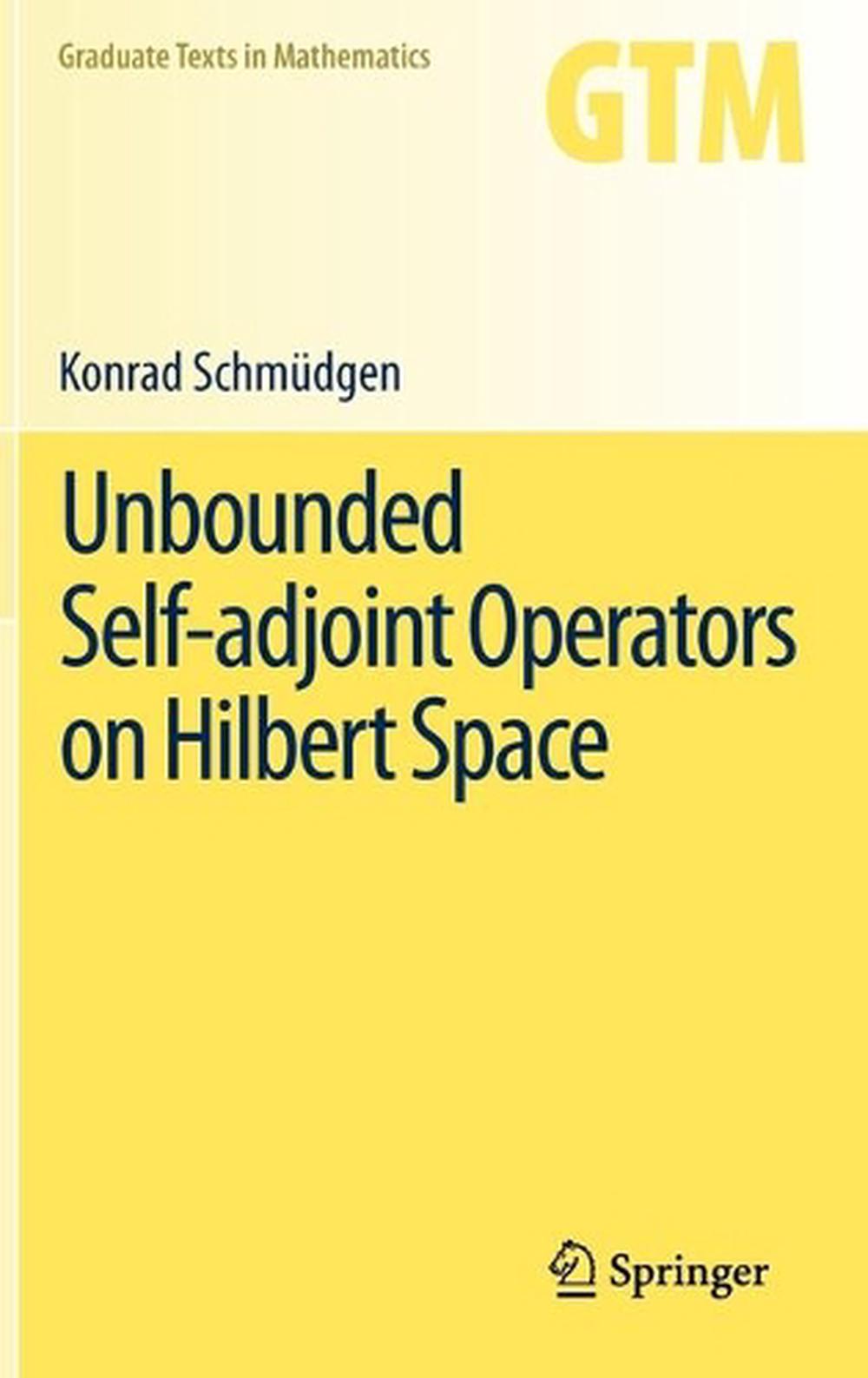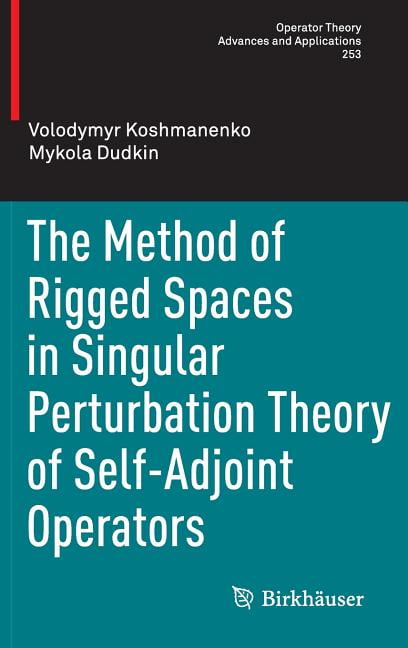

Contrary to the usual convention, T may not be defined on the whole space X.Īn operator T is said to be closed if its graph Γ( T) is a closed set. An unbounded operator (or simply operator) T : D( T) → Y is a linear map T from a linear subspace D( T) ⊆ X-the domain of T-to the space Y. Von Neumann introduced using graphs to analyze unbounded operators in 1932. The theory's development is due to John von Neumann and Marshall Stone. The theory of unbounded operators developed in the late 1920s and early 1930s as part of developing a rigorous mathematical framework for quantum mechanics. of T is defined as an operator with the property: exists if and only if T is densely defined. Some generalizations to Banach spaces and more general topological vector spaces are possible. be an unbounded operator between Hilbert spaces. The given space is assumed to be a Hilbert space. The term "operator" often means "bounded linear operator", but in the context of this article it means "unbounded operator", with the reservations made above. In the lecture, we define adjoint of unbounded linear operators on Hilbert spaces and discuss some results on adjoints. In this paper we will use unbounded operators defined on a Banach space, and we.

In contrast to bounded operators, unbounded operators on a given space do not form an algebra, nor even a linear space, because each one is defined on its own domain. The operator A is said to be symmetric if A A and self-adjoint if A A. Since the definition of the spectrum does not mention any properties of B ( X ) except those that any such algebra has, the notion of a spectrum may be generalised to this context by using the same definition verbatim. operator, the domain is by definition the whole Hilbert space H.
On a general Banach space, we don't have such luxury. We also partially solve an open problem on the existence of a Markushevich basis with unit norm and prove that all closed densely dened linear operators on a separable Banach space can be approximated by bounded. This result is used to extend well known theorems of von Neumann and Lax. It comes with a modest cost of making the adjoint correspondence $A\mapsto A^*$ conjugate-linear instead of linear. Unbounded operators on Hilbert spaces and their spectral theory. an adjoint for operators on separable Banach spaces. ADJOINT OF UNBOUNDED OPERATORS ON BANACH SPACES 5 Thus, D(B) fu2Y : x7hu Axi Y continuousg and hu Axi Y hBu xi X 8x2D(A) u2D(B): De nition 10. It would be unwise to ignore this opportunity. On the other hand, if $X$ is additionaly a Hilbert space, then one defines a Hilbert adjoint $A^$ is like the "magnitude" of $A$, allowing us to create polar factorization $A=U|A|$. One can check that if domain of $A$ is dense, then this uniquely defines $\psi$ on whole of $X$ (by Hahn Banach). Given a Banach Space $X$, a densely defined linear operator $A$, one can define an adjoint of $A$, $A':X'\to X'$ (Here $X'$ is dual of $X$) as follows:


 0 kommentar(er)
0 kommentar(er)
